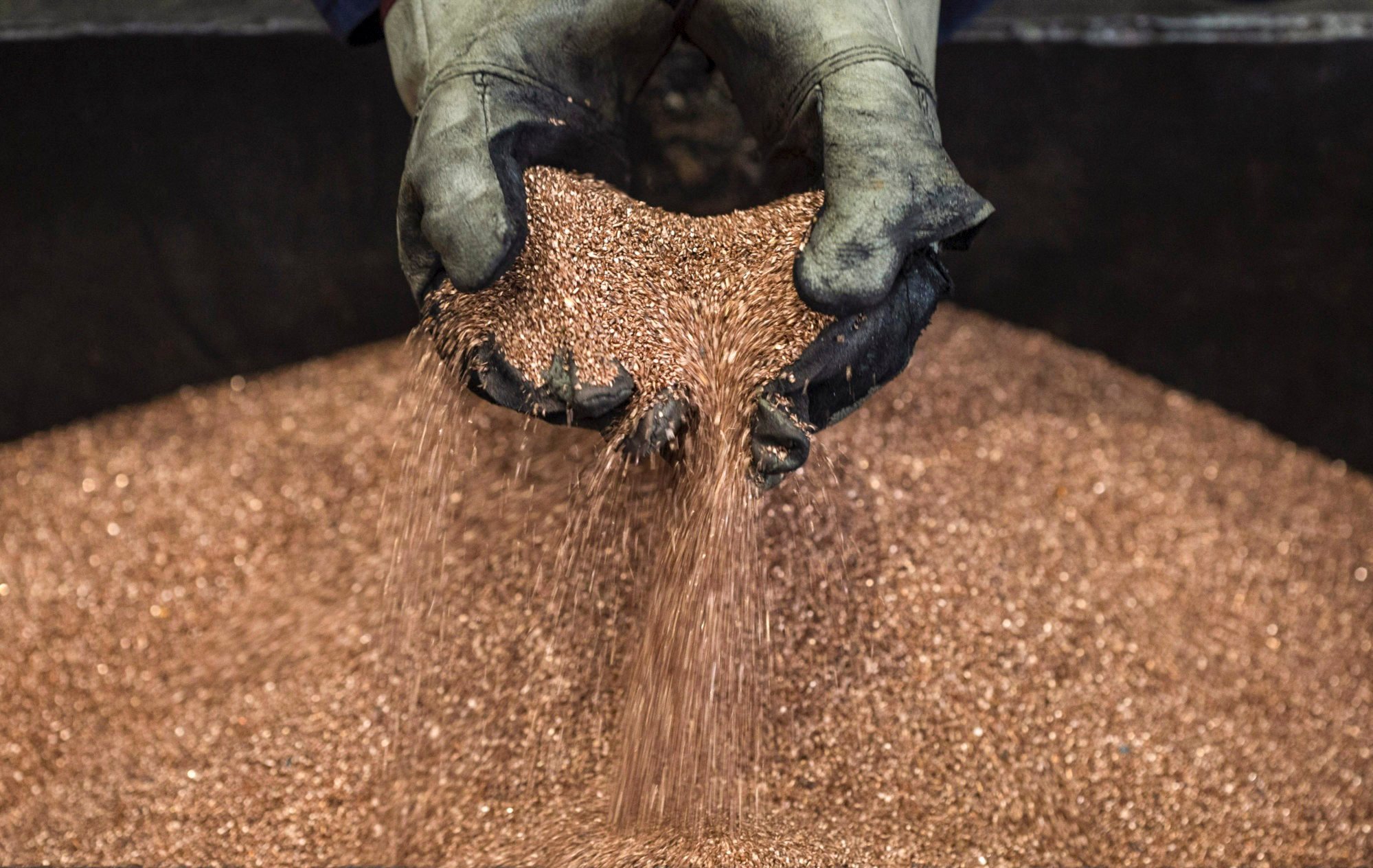Rio Tinto sees Beijing’s stimulus driving iron ore demand as China receives Australia’s largest copper order in 4 years
While prices of iron ore closed 2023 about 20 per cent higher, they’ve lost about 8 per cent so far this year amid lingering concerns about lacklustre Chinese demand as well as the nation’s struggling property sector.
The biggest metals-consuming nation’s disappointing post-pandemic recovery has put downward pressure on steel demand and iron ore prices.
There is good demand for the materials we produce, and our purpose and long-term strategy make more sense than ever
“There is good demand for the materials we produce, and our purpose and long-term strategy make more sense than ever,” Chief Executive Officer Jakob Stausholm said in the statement.
The company’s output of iron ore for the three months to December 31 fell 2 per cent to 87.5 million tons, Rio said in the statement. Bauxite production rose 15 per cent, aluminium was up 8 per cent, and mined copper grew 5 per cent, it said.
Rio needs to invest just to sustain its current level of production, particularly as it expects urbanisation in India and across parts of Asia to drive additional growth. Though the company forecasts China – home to the world’s largest steel industry – will soon hit a peak in consumption, the producer expects global iron ore demand will rise almost a quarter by 2050.
The miner reaffirmed previous guidance on iron ore shipments and metals output in 2024. The company expects to export between 323 million tons to 338 million tons of iron ore this year, after it shipped 331.8 million tons in 2023. Copper production is seen climbing to land within a range of 660,000 to 720,000 tons, up from 620,000 tons last year.
Can Rio Tinto’s Africa mine cut China’s iron ore reliance on Australia, Brazil?
Can Rio Tinto’s Africa mine cut China’s iron ore reliance on Australia, Brazil?
For 2023, Rio produced 331.5 million tons of iron ore, up 2 per cent from the previous year. Bauxite production was flat for the period, while output of aluminium rose 9 per cent and mined copper edged up 2 per cent.
Rio’s majority-owned Dampier Salt Ltd. has entered into a sales agreement for the Lake MacLeod salt and gypsum operation in Western Australia with privately owned salt company Leichhardt Industrials Group for US$251 million, it said in the statement.
The producer will spend US$70 million to increase production at Gudai-Darri, its newest mine in Western Australia’s Pilbara region, Simon Trott, the company’s iron ore chief executive officer, said in October. It is also advancing work on future options including development of the giant Rhodes Ridge project, which could offer 100 million tons of capacity, he said.
The company last month announced it will spend around US$6.2 billion on development of the vast Simandou iron ore deposit in Guinea, a marathon project that aims to deliver high-quality material for steelmakers seeking to curb emissions. First production from its joint venture Simfer mine is on track to kick off in 2025 – faster than most analysts had forecast – with output expected to ramp up over the following 30 months to an annualised capacity of 60 million tons per year.

Australia sends largest copper shipment to China since 2020
Australia exported 27,500 metric tons of copper ores and concentrates worth US$44.5 million to China in November, the most for any month since China imposed an informal ban in 2020, Australian customs data showed.
Until late 2020, Australia supplied China with around 80,000 tons of copper concentrate a month, accounting for 5 per cent of China’s total imports.
China has been gradually easing tariffs and unofficial bans against a range of Australian commodities since a new government came to power in Canberra in 2022.
Australian PM speaks out on ‘dangerous’ Chinese navy incident that injured diver
Australian PM speaks out on ‘dangerous’ Chinese navy incident that injured diver
Reuters reported in November that Swiss commodity trader Trafigura had agreed to help Chinese smelters clear imports of copper concentrate from Australia.
Despite the wider easing, state-owned Chinese smelters that turn concentrate into copper metal had remained reluctant to buy from Australia.
Australian customs records show that Australia also exported to China 10,594 tons of copper concentrate in September 2022 and 10,934 tons in January 2023.
Chinese customs do not show any imports from Australia of more than a few kilograms since June 2021, when 11,404 tons was recorded as entering from Australia, according to data accessed using Trade Data Monitor.


 Huge Games Selection
Huge Games Selection